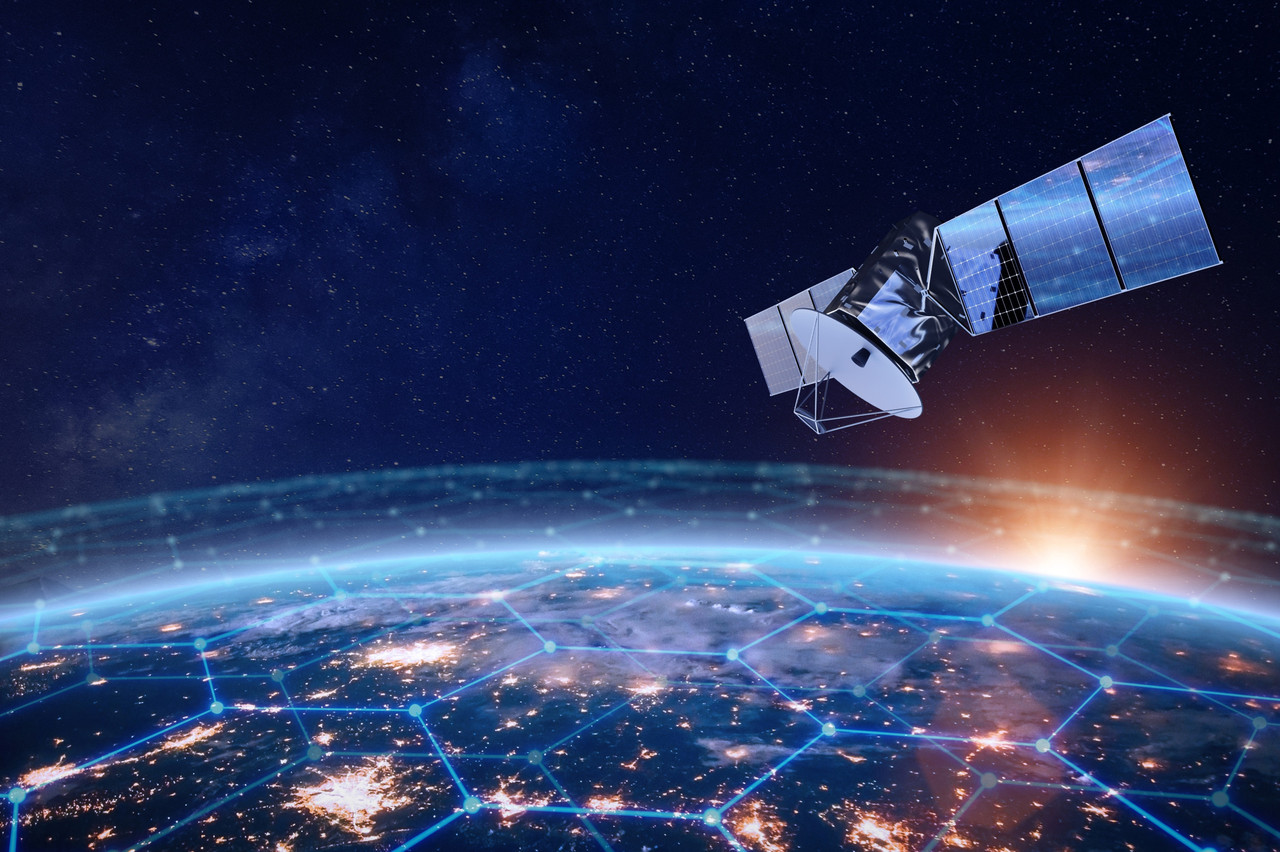The constellation battle is heating up in space. On 9 April, Amazon will launch the first operational satellites of its Kuiper project, a megaconstellation designed to provide broadband Internet access from low-Earth orbit. It’s a project that competes directly with Elon Musk’s network Starlink, but also--to a lesser extent--with the space ambitions of Luxembourg operator SES.
Named “Kuiper Atlas 1,” the mission involves the deployment of 27 satellites via an Atlas V rocket, operated by United Launch Alliance (ULA), a joint venture between Boeing and Lockheed Martin. Liftoff is scheduled for noon local time (6pm in Luxembourg) from Cape Canaveral, Florida. The ULA in autumn 2023 launched two prototype satellites for the e-commerce giant.
This launch marks the start of the deployment phase of a constellation that should eventually include more than 3,200 satellites in low-Earth orbit “with the aim of offering broadband internet access to the most remote areas of the world, including war zones or disaster areas,” news agency Belga states.
Billionaire Jeff Bezos’ company plans to launch its commercial service later this year, hoping to catch up with rival Musk. But as in the field of rockets, where the two wealthy entrepreneurs also compete, the Tesla and SpaceX boss enjoys a good head start: to date, Starlink claims more than 6,750 operational satellites.
Whilst Starlink remains its main competitor, Kuiper is part of a wider global connectivity dynamic, in which SES is seeking to make its voice heard. Unlike the American giants, who are primarily targeting private individuals, the Luxembourg operator is targeting institutional and professional customers, focusing on quality of service rather than mass coverage. Its O3B Mpower constellation, whose deployment in medium earth orbit , entered the commissioning phase last year and .
This article was originally published in .
